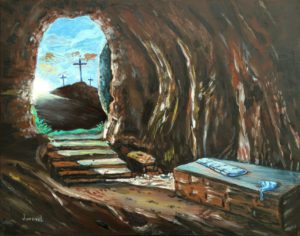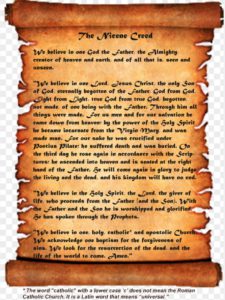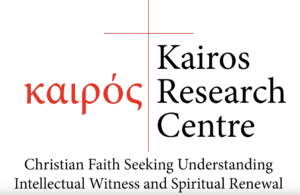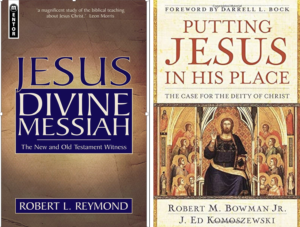
[I believe] in Jesus Christ, His only Son, our Lord; Who was conceived by the Holy Spirit; Born of the Virgin Mary. The Apostles’ Creed.
Behold, the virgin shall conceive and bear a son, and they shall call his name Immanuel” (which means, God with us). Matthew 1:23
Mary was a virgin when she was pregnant with Jesus (Matt. 1:18, 25; Lk. 1:27, 34) and he was conceived through the special work of the Holy Spirit (Matt. 1:20; Lk. 1:35).
How could Mary have a child if she did not yet have a husband and the sexual intimacy that comes with marriage? The biblical response is that God caused the pregnancy and that nothing is impossible with God (Lk. 1:37). This simple phrase nicely summarizes the crux of the debate about the credibility of the virginal conception. A person’s belief or unbelief in the virginal conception rests chiefly on whether they believe in God and his ability to create life in whatever manner he chooses. Accordingly, people often reject the virginal conception because of presuppositions that doubt or limit God’s activity in the world… Continue reading “Basic Facts about the Virgin Birth of Jesus in the Gospel of Matthew and Luke”



 Kairos Podcast 6: Early Heresies Part 2/6
Kairos Podcast 6: Early Heresies Part 2/6


 Orthodoxy and Heresy in Earliest Christianity
Orthodoxy and Heresy in Earliest Christianity